How to get rid of rosacea
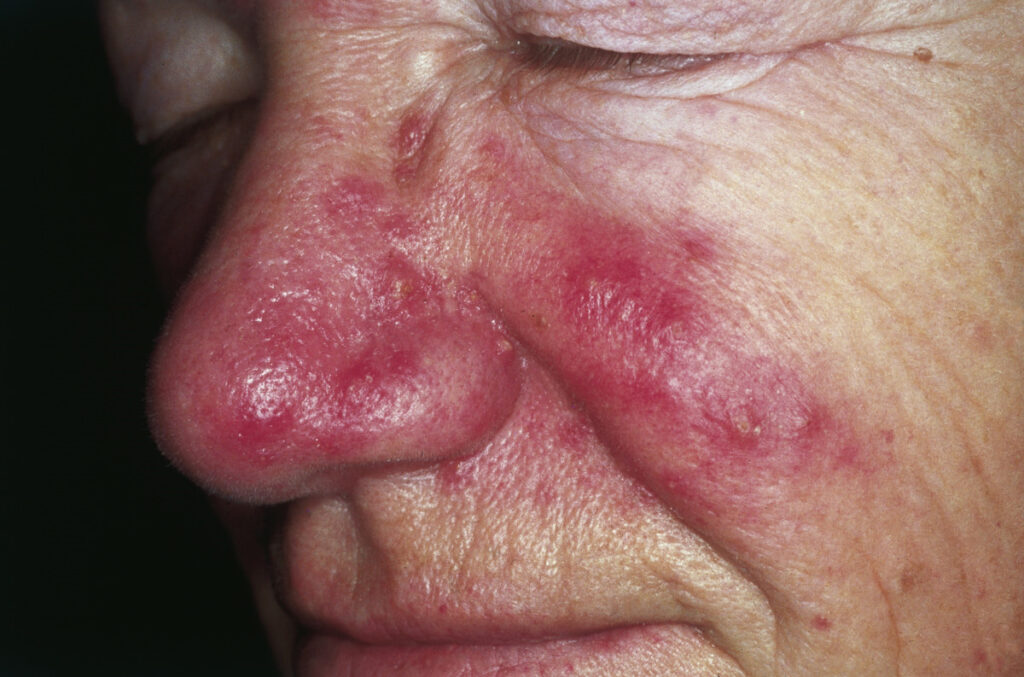
Rosacea is a common skin disorder that manifests as a red spotty rash typically found on the face, including the forehead, chin, nose and cheeks, but can also affect other regions of the body such as the eyes, chest and back. Sometimes referred to as the “adult acne”, rosacea is more common during middle age and is three times more likely to affect women. Although a specific cause has not yet been elucidated, rosacea has been linked to a variety of factors including chronic infection, poor digestion, improper diet, medication side-effects, and lifestyle factors. Chronic cases of rosacea often manifest as small bumps and pustules along with a generalized increase in local redness, often accompanied by red eyes, as well as burning or stinging sensations. If left untreated, chronic rosacea can lead to telangiectasia (dilation of superficial blood vessels on the face) as well as rhinophyma, in which the nose gradually becomes bulbous and red from chronic inflammation. There is also evidence that rosacea can lead to the development of basal cell carcinoma.
Over the last 20 years of practice, I have treated rosacea many times, but earlier in my career, I found myself struggling to get results. In Ayurveda, rosacea has all the characteristics and qualities of a pitta disorder, which is more or less synonymous with a state of chronic inflammation. Over the years, however, I found that the typical pitta-reducing treatments didn’t always have a positive effect. Similar to the typical recommendations, I had patients avoid spicy foods and potential irritants like coffee and alcohol, as well as hot weather, excess sunlight, and temperature extremes, in conjunction with an antiinflammatory diet and herbs. In some cases this approach was sufficient, but there were still patients that weren’t completely better. Unsatisfied with these results, I continued to look for better ways to address the condition. Although I don’t have a magic wand to make rosacea disappear, through experimentation and practice, I have been able to come up with some very useful measures that can be used to resolve rosacea permanently.

The human microbiome
If it isn’t perfectly clear by now, we humans are not autonomous organisms separate from nature. We exist as part of the ecology, and likewise, each of us maintains our own microbiome: a collection of micro-organisms that we originally acquired at birth that has grown and evolved to become a highly intimate part of our body. Our skin in particular contains an enormous diversity of microbes, with about 1000 different species of bacteria including the Propionibacteria that play a role in teenage acne, Corynebacteria that can cause diptheria, Staphylococci that are frequent causes of skin infections, and Lactobacillus, which is commonly used as a probiotic supplement. Not just bacteria, however, our skin plays host to a diversity of other organisms including fungi such as Candida that cause yeast infections, and Trichophyton species that cause athlete’s foot and jock itch. Understanding the complexity of the human microbiome is key in the treatment of many diseases, and no less so in rosacea, particularly considering the research which suggests that disturbances or alterations in the human microbiome can result in inflammatory skin disorders. For example, Helicobacter pylori is a bacterial pathogen commonly implicated in peptic ulcer disease, but some research is showing that this pathogen may also play a role in rosacea (1). This is an interesting finding, because it supports an age-old assertion in traditional medicine that what is happening in the skin can be a reflection of what’s happening in the gut. In a similar fashion, researchers have linked a condition called Small Intestine Bacterial Overgrowth (SIBO) to rosacea, demonstrating that when the antibiotic rifaximin is used to eliminate the bacterial pathogens from the small intestine, a significant proportion of patients with rosacea note an improvement in their condition (2).
 Demodex mites in situ; isolated Demodex folliculorum specimen
Demodex mites in situ; isolated Demodex folliculorum specimen
Demodex: arthropods in your skin
Apart from the issue of gut health, it has been suspected for a number of years that rosacea could be the result of an infection with a tiny parasitic mite called Demodex (D. folliculorum, D. brevis). Although a normal part of the human microbiome, when the right factors are present, the population of Demodex can increase, resulting in an inflammatory reaction in the skin from both bites as well as the feces produced by the mites (3). Demodex in particular, thrives on the waxy sebum secreted by our skin, and when temperatures increase in the spring and summer, we produce more sebum, facilitating the growth of Demodex. This explains why rosacea seems to get worse with sun exposure or an increase in temperature. However, this association doesn’t explain why oily-skinned teenagers tend not to get rosacea, why rosacea seems to increase in prevalence with age, and why it is often associated with dry skin. One suggestion is that as we age, the skin becomes more dry, fragile and brittle, providing more opportunity and surface area for the Demodex mite to thrive (4). Certainly we see this same dynamic in other skin infections, such as toenail fungus, which grows into the cracks and fissures of aging, dehydrated skin. Likewise, it has been suggested that altered fat metabolism as we age results in the production of sebum and other factors that encourage the growth of Demodex. Thus, ensuring that the skin is properly hydrated is a key element in the treatment of rosacea, as is ensuring a proper balance of essential fatty acids in the diet, as well as promoting proper fat digestion. The key to getting rid of Demodex, however, is to take measures to restore digestion and the gut ecology, and using topical remedies that can kill the mites.
The role of altered immunity
Another feature to consider in rosacea is the issue of altered immunity. Rather than being a distinctly separate feature of rosacea, alterations in immune function that promote the inflammation of rosacea seem to be generally linked to gut health. Although the connection may seem obtuse, over 60% of immune cells are located in the gut wall, and thus when the gut ecology goes sideways, the impact is an upregulation of inflammation by the body’s immune cells. The idea that rosacea could be in part an immune disorder was given credence recently when researchers discovered that rosacea sufferers have greatly elevated levels of stratum corneum tryptic enzymes (SCTE), in conjunction with elevated levels and altered function of the antimicrobial peptide called cathelicidin.(5). When these two components are elevated, SCTE enzymes act on cathelicidin to give rise to peptides that directly promote skin inflammation. The trigger for the increased production of SCTE enzymes and cathelicidin appears to be a bacteria called Bacillus oleronius that has been isolated from the Demodex mite (6). The presence of this bacteria alters the function of toll-like receptors (TLRs) which are part of the body’s defense against microbes. Patients with rosacea have been shown to express an elevation in TLR activity, which in turn leads to increased cathelicidin synthesis. Interestingly, TLRs also play a role in vitamin D3 metabolism, enhancing the the enzymatic conversion of the precursor 25(OH)D3 to 1,25(OH)2D3, the active form of vitamin D3 in the body. This is important because 1,25(OH)2D3 also regulates cathelicidin production, and research has demonstrated that rosacea sufferers may have high serum vitamin D levels compared to controls (7), providing a direct link between sun exposure and the worsening of rosacea symptoms. Although it isn’t clear what factors alter TLR activity, some research suggests that glucocorticoid creams used to reduce skin inflammation enhances TLR activity, and thus may contribute to rosacea (8).
Putting it all together
While there clearly isn’t just one cause when it comes to rosacea, the research in combination with my own clinical experience suggests that rosacea is at its root an immunological disorder that is precipitated by a variety of factors, including diet, gut health, and lifestyle factors including skin care and sun exposure. Taking all this into consideration, this is a breakdown of how I approach a patient with rosacea.
1. Restoring a healthy microbiome.
In consideration of the role that our microbiome plays in immune health, it is vitally important to restore the gut ecology in rosacea. To achieve this, I typically recommend the consumption of lactic acid bacterial (LAB) ferments, such as sauerkraut, kimchi and pickled foods on a regular basis, about one cup daily eaten with food. I do not, however, recommend other kinds of ferments including SCOBYs like kombucha, as they inoculate the gut with unhelpful organisms such as yeast. In this regard, it is vitally important to make sure that the diet is low in sugar and refined carbohydrates when treating rosacea, as this will tend to promote inflammatory changes in the gut microbiome that are in turn reflected in the skin. If there are issues with SIBO, a diet low in fermentable fibers is helpful to limit bacterial growth, but more active measures may need to be undertaken to inhibit the pathogens involved, using antibacterial herbs such as neem leaf, garlic bulb, turmeric root, wormwood leaf, and Oregon grape root. Likewise, if you regularly take drugs that impair gut function, including antibiotics, NSAIDs, proton pump inhibitors, antacids and opiates, these can also play a big factor in SIBO, and hence contribute to rosacea. In addition to the consumption of live culture foods, I also have patients apply the pickle brine directly to the skin a few times a day, to inoculate the skin with lactic acid bacteria. These bacteria compete with pathogenic bacteria for nutrients, as well as produce inhibitory substances such as bacteriocins and organic acids that can kill or limit the growth of bacterial pathogens (9). Applying pickle juice to your rosacea seems like a rather unsophisticated and simplistic remedy, but I have found it very helpful in my practice to restore the health of the skin. Just remember that if you’re going to use the pickle juice topically as a probiotic, that you apply it to the skin AFTER you have applied treatments to kill Demodex, so as not to kill the probiotic organisms.
 Neem (Azadirachta indica)
Neem (Azadirachta indica)
2. Dealing with Demodex
While not all cases of rosacea will involve the Demodex mite, the evidence that Demodex is an active player in many cases of rosacea is undeniable, although as I have stated, the bacteria that colonize Demodex may also play a role. Regardless, the goal here is to get rid of this infestation and prevent its recurrence. Remember, however, that Demodex is a normal component of our microbiome, so the measures we’re undertaking are meant to limit Demodex populations, not wipe them out completely. In part we can achieve this by using live culture pickle juice as I mentioned, and while this does encourage healthy skin, it isn’t directly lethal to the Demodex mite. For this purpose, we have a number of options, including herbs with miticidal (mite-killing) activities, including neem and wormwood, avoiding those which might otherwise be effective if they didn’t cause skin irritation (e.g. garlic) or temporarily stain the skin an unpleasant color (e.g. turmeric). As part of my protocol for dealing with Demodex, I have patients prepare a facial scrub and mask. For example:
- coarsely ground green mung beans – 50 g
- neem leaf, finely sieved powder – 50 g
- white sandalwood, finely sieved powder – 50 g
Mix all the above ingredients together, and use a small handful with a little bit of water to make a paste. The paste can then be used as a facial scrub, gently rubbing the mixture over the affected area to exfoliate and remove the mites. If the area is too sensitive or irritated to use as a scrub, I have patients use the paste to make a mask, which is then applied over the affected area. When the mask dries, and starts to fall off about 15-20 minutes later, it can be gently removed with water. Both neem and sandalwood have miticidal properties and are anti-inflammatory, and in particular, the sandalwood has long been used in India as a skin care agent. Following this, I have the patient apply a tincture of miticidal herbs, such as neem, wormwood, black walnut hull, quassia and pau d’arco to the face with a cotton ball. Not only do the herbs kill the mites, but the alcohol from the tincture also has an inhibitory activity. Another excellent miticide is tea tree oil, which can be applied undiluted to the skin to inhibit Demodex, used by itself or in combination with neem oil.
 Sandalwood (Santalum album), leaves and flowers
Sandalwood (Santalum album), leaves and flowers
3. Restoring the skin
In traditional herbal medicine, the state of the skin reflects the health of the blood, which itself is a refinement of the foods we eat in our diet. Thus anytime we see skin issues, we need to direct our attention to the nature of our diet and the health of the gut. Overall, I tend to recommend a low-carbohydrate diet in rosacea, that is rich in nourishing fats, with plenty of leafy greens and bitter foods to upregulate the liver, and correct the altered fatty acid synthesis that plays a role in abnormal sebum production in rosacea. In this regard, avoiding oils and foods rich in omega 6 fatty acids is generally a good idea, as is taking a herbal remedy to upregulate liver function, including bile stimulants (cholagogues) such as Oregon grape root, dandelion, and bupleurum root. Likewise, because of the strong immunological role for rosacea, potentially antigenic foods including wheat (i.e. gluten) and dairy should be removed from diet. Sugar in particular is bad news for the skin, as most people can observe that when they eat sweets, they typically will have some kind of skin eruption. To help heal and moisturize the skin, I recommend avoiding conventional soaps and shampoos, which are extremely drying and irritating, and completely destroy the delicate bacterial ecology of the skin. We need to remember that a healthy bacterial ecology serves as a component of the immune system, so if we weaken our bacterial ecology, we essentially weaken our immune system. Instead of soap, I recommend the daily application of oil to the body, a practice in Ayurveda called abhyanga. When oil is applied to the skin it has a cleansing activity, saturating the surface and penetrating deep below the epidermis to rehydrate, dissolve grime, and exert a mild antimicrobial activity. Choosing the right oil, however, is an important consideration, as some oils such as coconut are comedogenic, and could cause pimples in some people. I don’t have any issue using coconut oil when the skin looks very dry and fragile, but otherwise, I tend to suggest non-comedogenic oils such as almond, apricot, sesame or castor oil. These oils can be rubbed on the face after treatment to rehydrate, and can be a carrier oil for essential oils such as lavender, which not only smells nice, but also has a mild miticidal effect. Another measure that is effective for restoring the skin is the regular application of mid-stream morning urine. This can be collected in a clean glass and applied fresh to the affected area with a compress or cotton ball. Although many will balk at the idea of putting urine on their face, it’s important to note that many skin cosmetics contain urea to take advantage of its unparalleled ability to moisturize the skin. Dry, flaky skin typically occurs due to a reduction in its urea content, and thus rosacea sufferers that exhibit these symptoms in particular will definitely benefit from this measure. Not only does urea and urine moisturize and hydrate the skin, it also helps to promote wound-healing, accelerating the process of cellular renewal, and also has some anaesthetic properties, reducing the irritation and burning sensations that often accompany rosacea. As a purely symptomatic measure, fresh aloe gel scraped from the leaf rind and applied as a fresh poultice to alleviate burning sensations and overcome dryness.
These are only some of the major recommendations I employ in the treatment of rosacea. One thing I haven’t spent much time talking about is the sun and vitamin D3, but it’s worth discussing further. As I previously stated, rosacea sufferers often experience a worsening of symptoms with sun exposure, and likewise, some rosacea sufferers may have elevated levels of circulating 1,25(OH)2D3. Although the research seems to imply that sun avoidance and limiting vitamin D3 is a good idea, it’s important to note that a significant proportion of rosacea sufferers in one study (i.e. 38%), had lower than normal levels of vitamin D3 (10). My suggestion here is to get your vitamin D3 level checked, and if it’s high, reduce your sun exposure and vitamin D3 supplementation accordingly. Otherwise, if you have rosacea, supplement with vitamin D3 to achieve optimal levels, and make sure to limit your sun exposure, wearing protective clothing and wide-brimmed hats in sunny weather. And in keeping with the recommendations of Ayurveda I discussed at the outset, try to follow a regimen that generally helps to reduce heat and inflammation (pitta), avoiding stimulants like caffeine, chocolate and alcohol, nightshades (e.g. potato, tomato, eggplant), pungent-tasting foods (e.g. chili, garlic, ginger), and sour-tasting foods such as yogurt, vinegar, and citrus. As you improve, however, these foods should cease to be an ongoing issue.
 “Arthropods? On me?”
“Arthropods? On me?”
As a last note, I want to mention that pet owners may acquire Demodex mites from their pets, particularly if their immune system is weak. Although cats and dogs have their own species-specific mites such as D. canis and D. cati that aren’t supposed to jump to humans, I have seen several patients, including myself, acquire mite infections from their pets, even if the dog or cat is otherwise healthy. Remember, Demodex is a normal part of our shared microbiome, so just because a dog or a cat has mites doesn’t mean that they have mange or are unhealthy. But if you love to rub faces with your pet(s), let them sleep in your bed, or on your clothes, you are running the risk of infection. Thus, if you are a pet owner with rosacea, it might be time to change your lifestyle arrangement. Once the dog or cat is removed from your personal area, it’s also a good idea to thoroughly wash your sheets and clothes in hot water with borax and soap, and maybe buy new pillows. For the extra paranoid, you can apply diatomaceous earth to your mattress and areas surrounding your bed, but please make sure to wear a proper ventilator, because regardless of what the “authorities” say, inhaling DE or any super fine dust is really hard on your lungs.



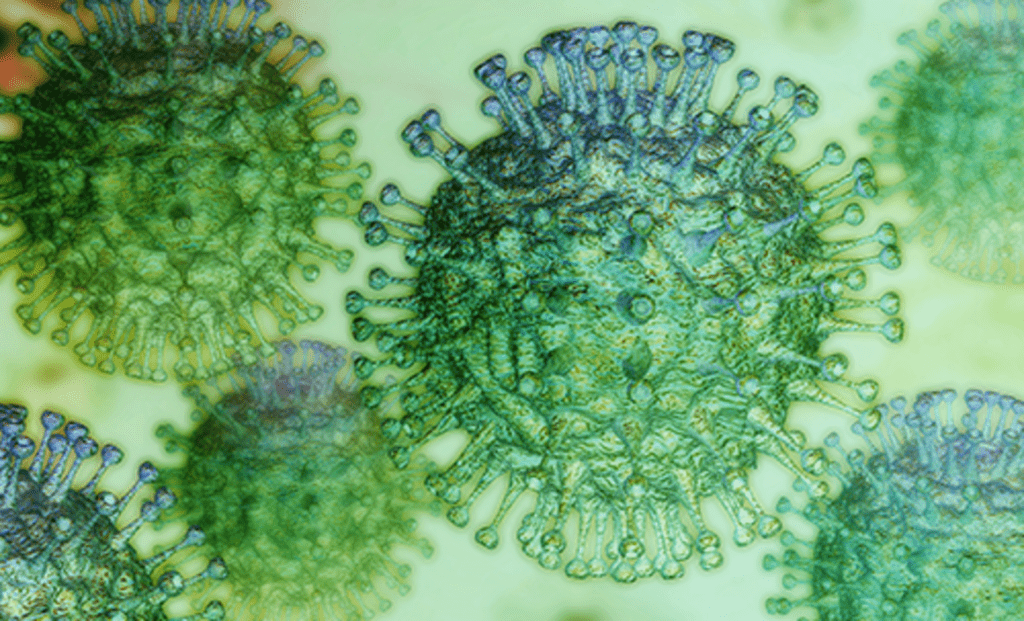
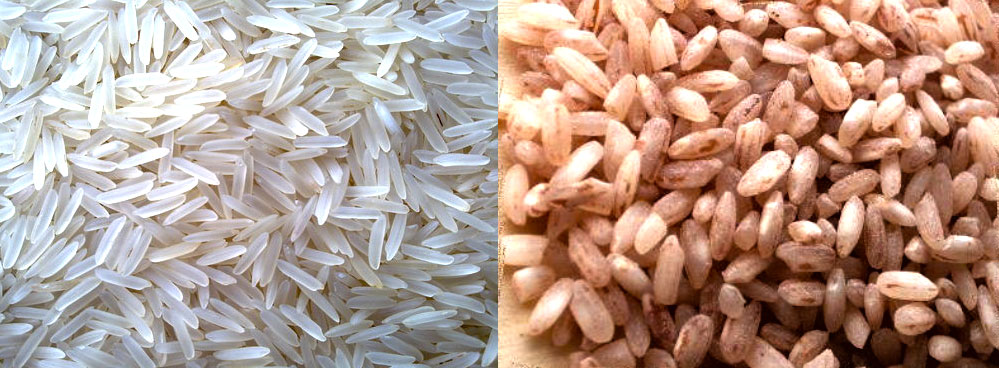
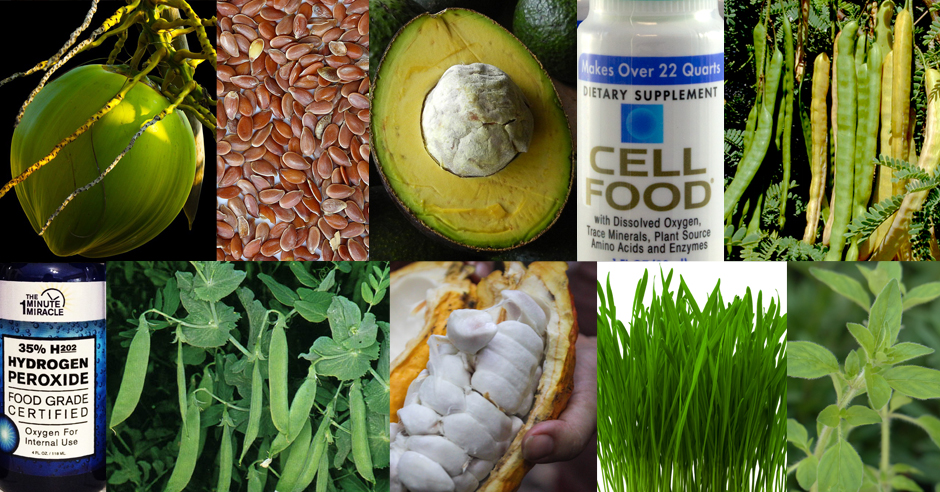

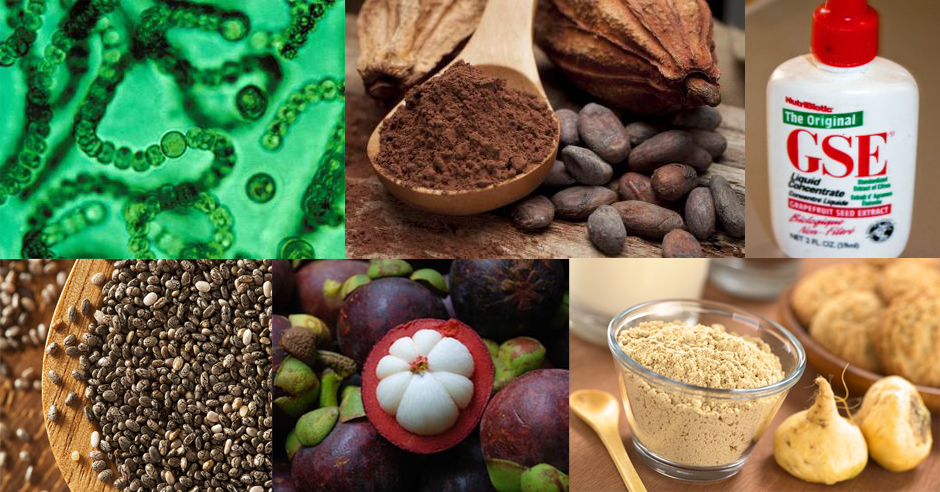
In your protocol for dealing with Demodex, can I use Neem oil in place of the finely sieved Neem leaf powder or will it change the consistency to much? How many drops would you suggest in place of 50g of the Neem powder? Thanks.
I would just use the neem oil and tea tree oil, and not try to do a facial scrub/mask with the herbal powders.
When dealing with Rosacea, look to the liver and digestion. Any action taken on the skin is merely symptom relief, which has its place. For healing and possible cure, however, it’s necessary to go deeper. Alcohol and nightshades are triggers because the liver is already overwhelmed by toxins. Improve digestion, remove all toxins from the diet, nourish the liver. Homeopathic Belladonna is worth considering.
Dear Tod,
Thank you for sharing this information. I was wondering what kind of protein sources you would recommend to treat rosacea. Could you say anything about that?
Thank you.
From the perspective of Ayurveda, we would limit animal proteins that are very warming and/or greasy in nature, e.g. beef, pork, shellfish. Otherwise, mutton, goat, lamb, poultry, game, and wild fish are all fine. For vegetable protein, properly prepared legumes are also good, and no more than a handful of nuts/seeds daily (ideally, soaked in water).
Thank you so much for this article. Am suffering rosacea erythema. It’s very unpleasant. I want to how to overcome the redness from face? Any face mask or oil ? Please help me.
I have just started using oatmeal as a mask daily. Grind rolled oats with a splash of water into a paste and add a teaspoon of raw honey. Blend and apply to face. Then leave 15 mins or so until dry and wipe off gently with water and a cloth. It seems to really moisten the skin and help with the redness.
You state that : taking a herbal remedy to upregulate liver function, including bile stimulants should be avoided…I currently take swedish bitters…why should it be avoided? Wouldn’t it promote good liver function?
Perhaps it is poorly written – I mean that it is a good idea. “In this regard, avoiding oils and foods rich in omega 6 fatty acids is generally a good idea, as is taking a herbal remedy to upregulate liver function, including bile stimulants (cholagogues) such as Oregon grape root, dandelion, and bupleurum root
You say that conventional soaps deplete the good bugs living on the skin – I assume this is true for shampoos, too. Do you have any recommendations for shampoo, or soap for that matter also?
It is also true for shampoo. The word shampoo is derived from the Hindi word “cāṃpnā” which means massage, and so shampoo originally meant (and still means in Ayurveda) to massage the head with oil. I generally recommend not using any shampoo and instead just using cool to luke-warm water to rinse the and scrub the hair. Over a few weeks the hair oils will begin to normalize, and you won’t be dependent on shampoo any longer.
Thank you, this page is helping me.
I have another question – if instead of using the paste that you mention, I’m using oils (apricot, lavender and tea tree) on my face – should I wash those off after use every day? I’ve been leaving it on, but for that reason skipping the neem oil which is slightly yellow.
Also, you mention using borax in the wash – I’ve tried borax in the tub with temporary relief (full body demodex, not just my face) – Do you think this is too harsh a treatment? My thought is that since the borax supposedly kills demodex through puncturing their bodies, maybe it wouldn’t also kill the skin microbiome.
Thanks again for this great resource and your time
Hi Todd, I am currently on a low-carb, no grains, no sugar diet. I do eat some dairy like hard cheese, full cream and milk in my tea/coffee. (Similar to the Keto diet) I also do intermittend fasting and I eat kimchi also. I am also taking the following supplement capsules daily: bio-tumeric, oregano, evening primrose, zinc/vit B complex, Saccharomyces boulardii 250, salmon oil 1000mg, multi vitamin and L-glysine. I have been on this diet for 3 weeks. I have also had 2 sessions of PDT light theraphy as I want to ultimately have spider vein reduction laser done, but due to redness I cannot do that now hence the PDT treatment.
As you can see I am really trying to restore my gut health. I still have some redness and itchiness in my face – I sometimes make a tumeric power and castor pil scrub to rid of the rough feeling on my skin. I also make bentonite clay and yogurt masks after to soothe.
I see you mention liver health. How can I increase my liver health? Are there any specific foods or supplements I can take? Tx!
ps. the supplements were all prescribed by my astetic doctor at the skin clinic as well as the PDT light theraphy. He also put me on a specific soothing cream to help with the irritation.
My skin does look much better but I just want to know how I can support my liver 🙂 Any other tips are also welcome, thanks!
Todd,
Thank you so much for this article. About 4 years ago, I began to suffer from what I know is rosacea and demodex. I am 51 and had not had any skin problems since my teen years. After finding no success with dermatologists after a few cortisone injections and diagnoses of adult hormonal acne, I began my search for natural remedies. Within the last few months, I began to address my eating and drinking habits and realized that most all of the triggers you mention in your article applied to me! I was dehydrated and consuming a lot of sugar, caffeine, alcohol and highly processed foods. I had virtually eliminated one of my favorite foods, sauerkraut, because I did not know of its health benefits. I began to monitor and improve my habits, adopt a healthy face routine, and found almost immediate improvement. After various topical treatments, I found healing in the use of NEEM OIL, 100% ORGANIC COLD PRESSED. I have been applying it topically as well as with other oils (coconut, lavender) along with a Mung Bean face wash and the results are just WOW! Thank you so much for this informative article and I will definitely share with those who suffer like I do. This has been a long and frustrating journey, but I am convinced awareness of our food and drink triggers and adopting a healthier lifestyle as we age are key in continued health as we age. For the first time in years, I am feeling more confident and happy because my emotional rosacea roller coaster is coming to an end. Thanks again!